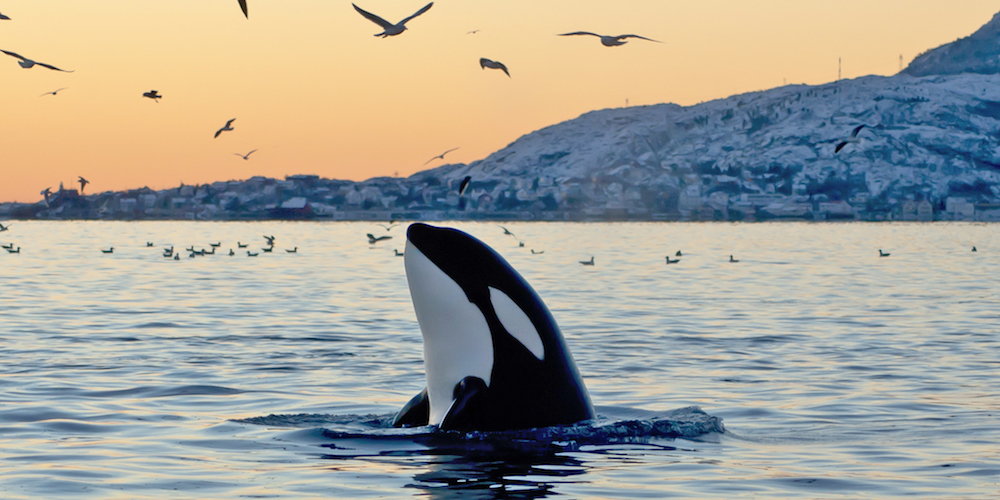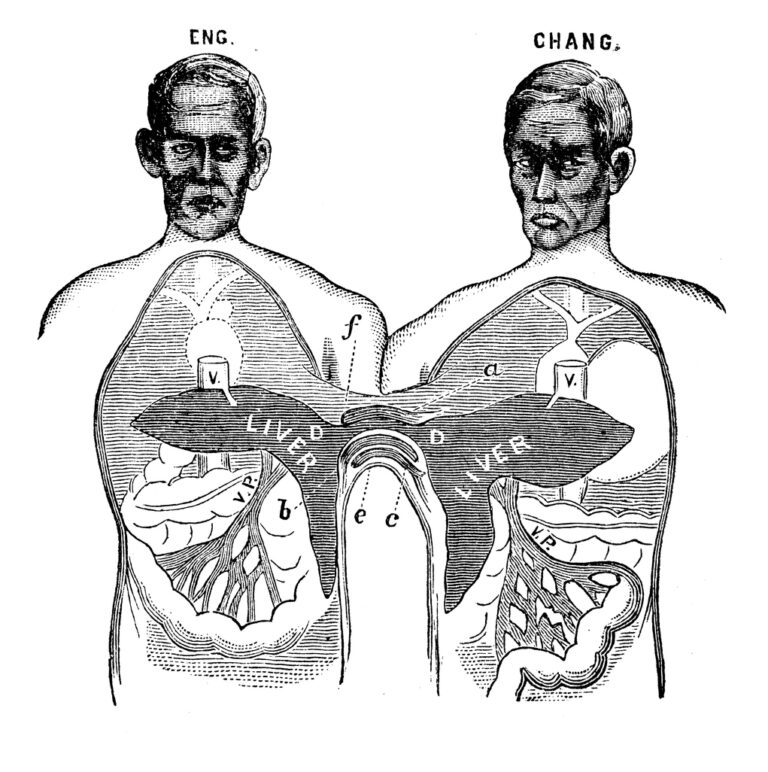Banned PCB chemicals are still severely harming killer whale populations – but the Arctic could be a refuge.
Two months ago, a female orca named Tahlequah captured the world’s attention by carrying the body of her dead calf for 17 days. Now, a second orca from the same group – a 3-year-old female named Scarlet – has also likely died; she was incredibly emaciated over the summer, and hasn’t been seen for three weeks. Her death means that this community of orcas, known as the southern residents, now includes just 74 survivors – a worrying 30-year low. Now, a study reveals a new threat to these giant mammals.
At least half of the world’s killer whale populations are doomed to extinction due to toxic and persistent pollution of the oceans, according to a major new study.
Although the poisonous chemicals, PCBs, have been banned for decades, they are still leaking into the seas. They become concentrated up the food chain; as a result, killer whales, the top predators, are the most contaminated animals on the planet. Worse, their fat-rich milk passes on very high doses to their newborn calves.
PCBs are a group of chemicals once used in electrical equipment, paints and various industrial applications. Until the 1970s, they were prized for their chemical stability and their insulating and non-flammable properties.
“It is like a killer whale apocalypse,” said Paul Jepson at the Zoological Society of London, part of the international research team behind the new study. “Even in a pristine condition they are very slow to reproduce.” Healthy killer whales take 20 years to reach peak sexual maturity and 18 months to gestate a calf.
“We knew that the PCB levels were high … but it was really quite startling when we ran the numbers,” says researcher Dr Jean-Pierre Desforges.
“Over 50 per cent of those populations either had zero growth or they had considerable population decline, and for the worst cases a complete collapse.”
If a global clean-up, which would take decades, can be achieved, these populations could eventually repopulate empty regions, he said, noting that killer whales are very intelligent, have strong family bonds and hunt in packs. “It is an incredibly adaptive species – they have been able to [live] from the Arctic to the Antarctic and everywhere in between,” adds Jepson.







